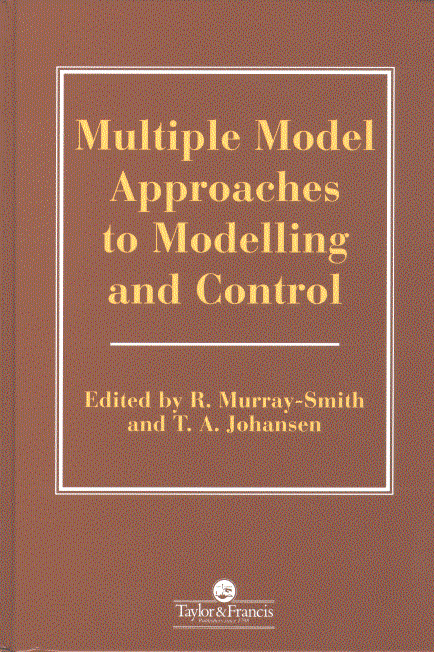



More complex plants, advances in information technology, and tightened economical and environmental constraints in recent years have lead to practising engineers being faced with modelling and control problems of increasing complexity. When confronted with such problems, there is a strong intuitive appeal in building systems which operate robustly over a wide range of operating conditions by decomposing them into a number of simpler linear modelling or control problems, even for nonlinear modelling or control problems. This appeal has been a factor in the development of increasingly popular `local' and multiple-model approaches to coping with strongly nonlinear and time-varying systems.
Such local approaches are directly based on the divide-and-conquer strategy, in the sense that the core of the representation of the model or controller is a partitioning of the system's full range of operation into multiple smaller operating regimes each of which is associated a locally valid model or controller. This can often give a simplified and transparent nonlinear model or control representation. In addition, the local approach has computational advantages, it lends itself to adaptation and learning algorithms, and allows direct incorporation of high-level and qualitative plant knowledge into the model. These advantages have proven to be very appealing for industrial applications, and the practical, intuitively appealing nature of the framework is demonstrated in chapters describing applications of local methods to problems in the process industries, biomedical applications and autonomous systems. The successful application of the ideas to demanding problems is already encouraging, but creative development of the basic framework is needed to better allow the integration of human knowledge with automated learning.
The underlying question is `How should we partition the system - what is `local'?'. This book presents alternative ways of bringing submodels together, which lead to varying levels of performance and insight. Some are further developed for autonomous learning of parameters from data, while others have focused on the ease with which prior knowledge can be incorporated. It is interesting to note that researchers in Control Theory, Neural Networks, Statistics, Artificial Intelligence and Fuzzy Logic have more or less independently developed very similar modelling methods, calling them Local Model Networks, Operating Regime based Models, Multiple Model Estimation and Adaptive Control, Gain Scheduled Controllers Heterogeneous Control, Mixtures of Experts,Piecewise Models, Local Regression techniques, or Tagaki-Sugeno Fuzzy Models}, among other names. Each of these approaches has different merits, varying in the ease of introduction of existing knowledge, as well as the ease of model interpretation. This book attempts to outline much of the common ground between the various approaches, encouraging the transfer of ideas.
Recent progress in algorithms and analysis is presented, with constructive algorithms for automated model development and control design, as well as techniques for stability analysis, model interpretation and model validation.
The book is hardback 342 pages, published by Taylor and Francis and costs 55.00 pounds sterling.
Search and view contents of book on google print.
You can order over the web, order with E-mail (from UK, Europe and Asia use book.orders@tandf.co.uk. For USA use bkorders@tandfpa.com) or write, phone or fax to Taylor and Francis:
The Book Ordering Department, Taylor and Francis, Rankine Road, Basingstoke, Hants RG24 8PR, UK
Telephone: +44 (0) 1256 813000 Ext. 236, Fax: +44 (0) 1256 479438
A BibTeX file of the references in the introductory chapter can be downloaded
here.
Further details on authors
(This includes WWW addresses, E-mail, and postal addresses.)